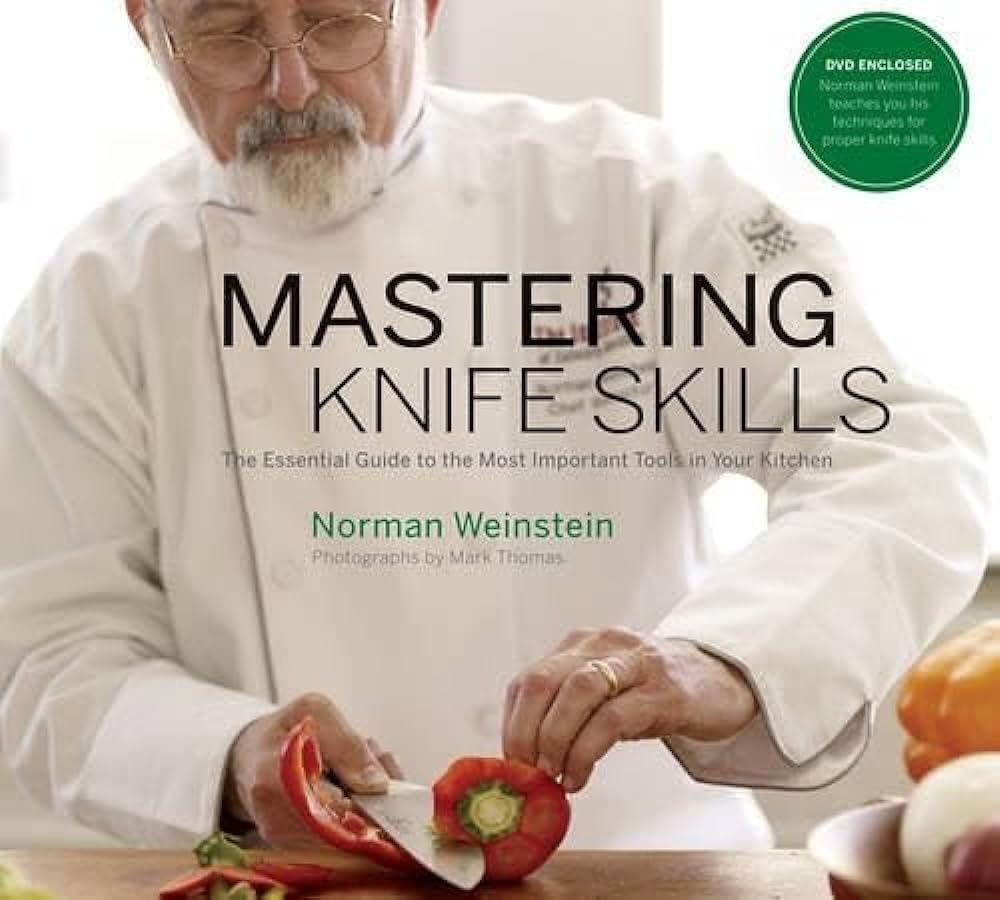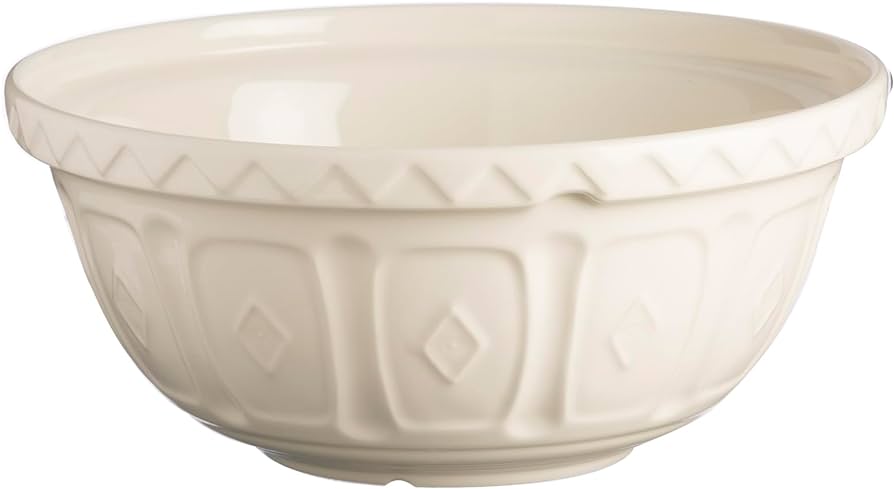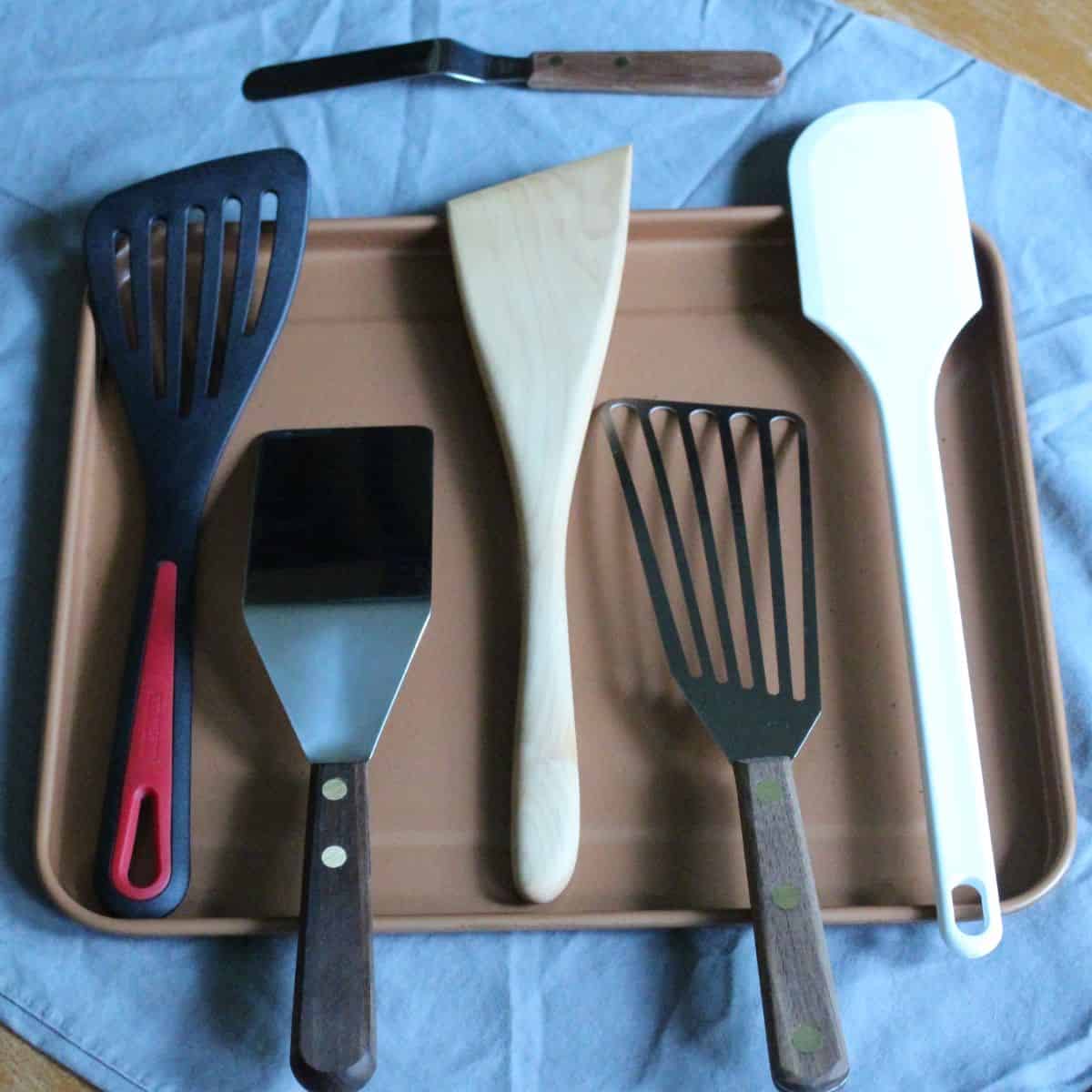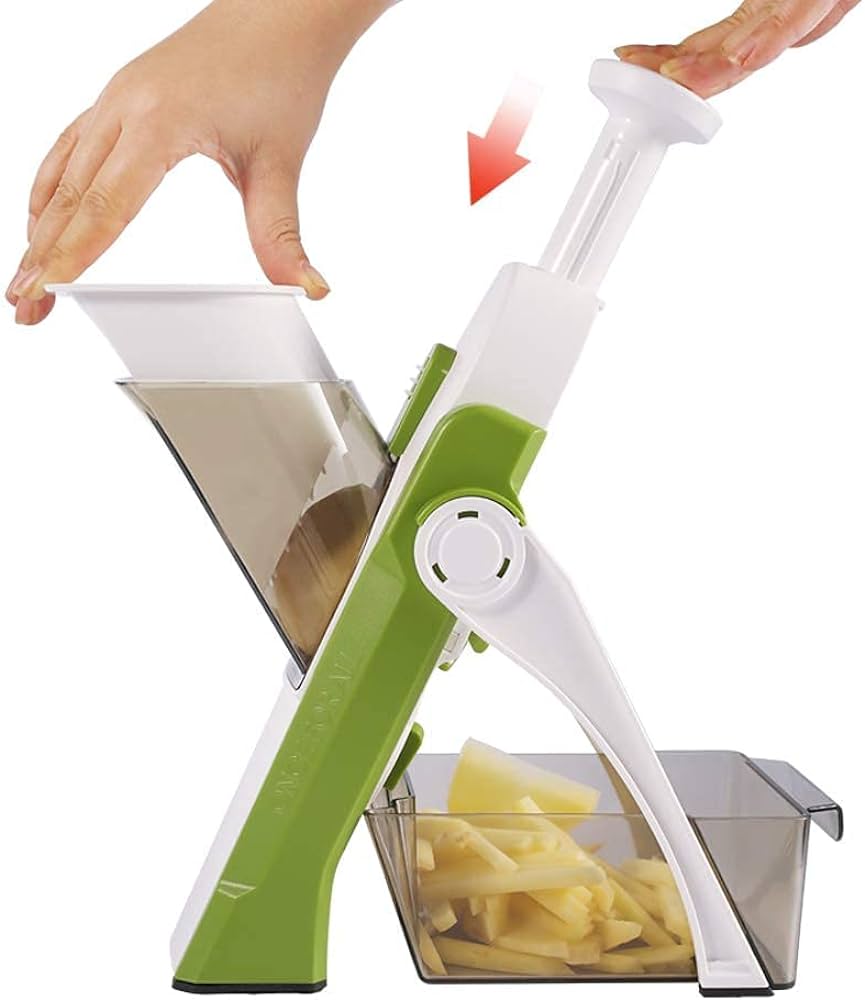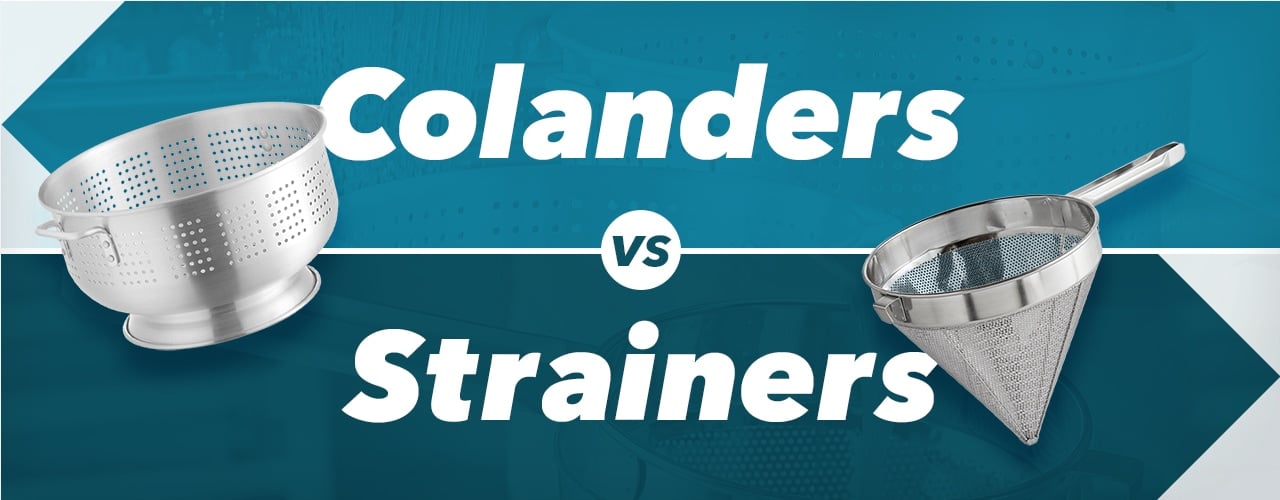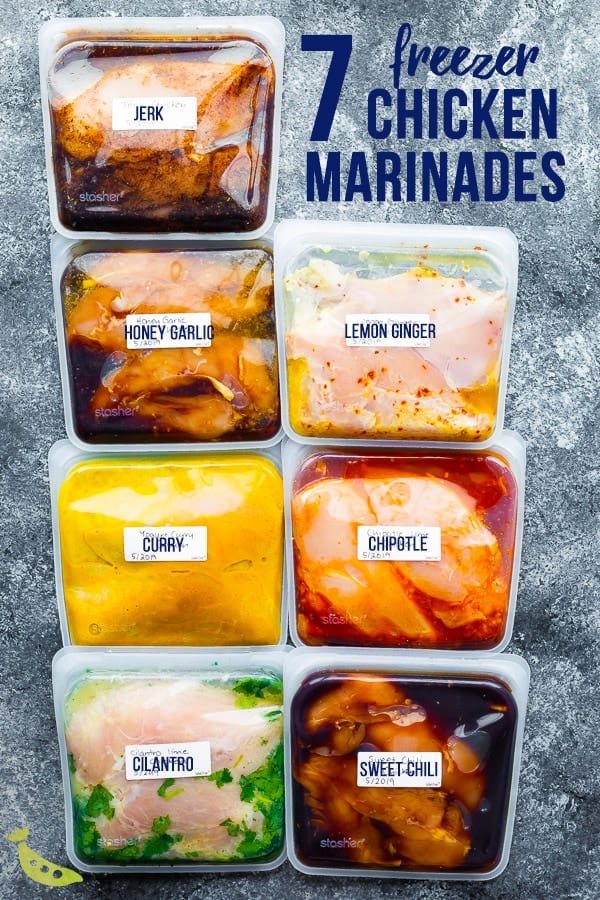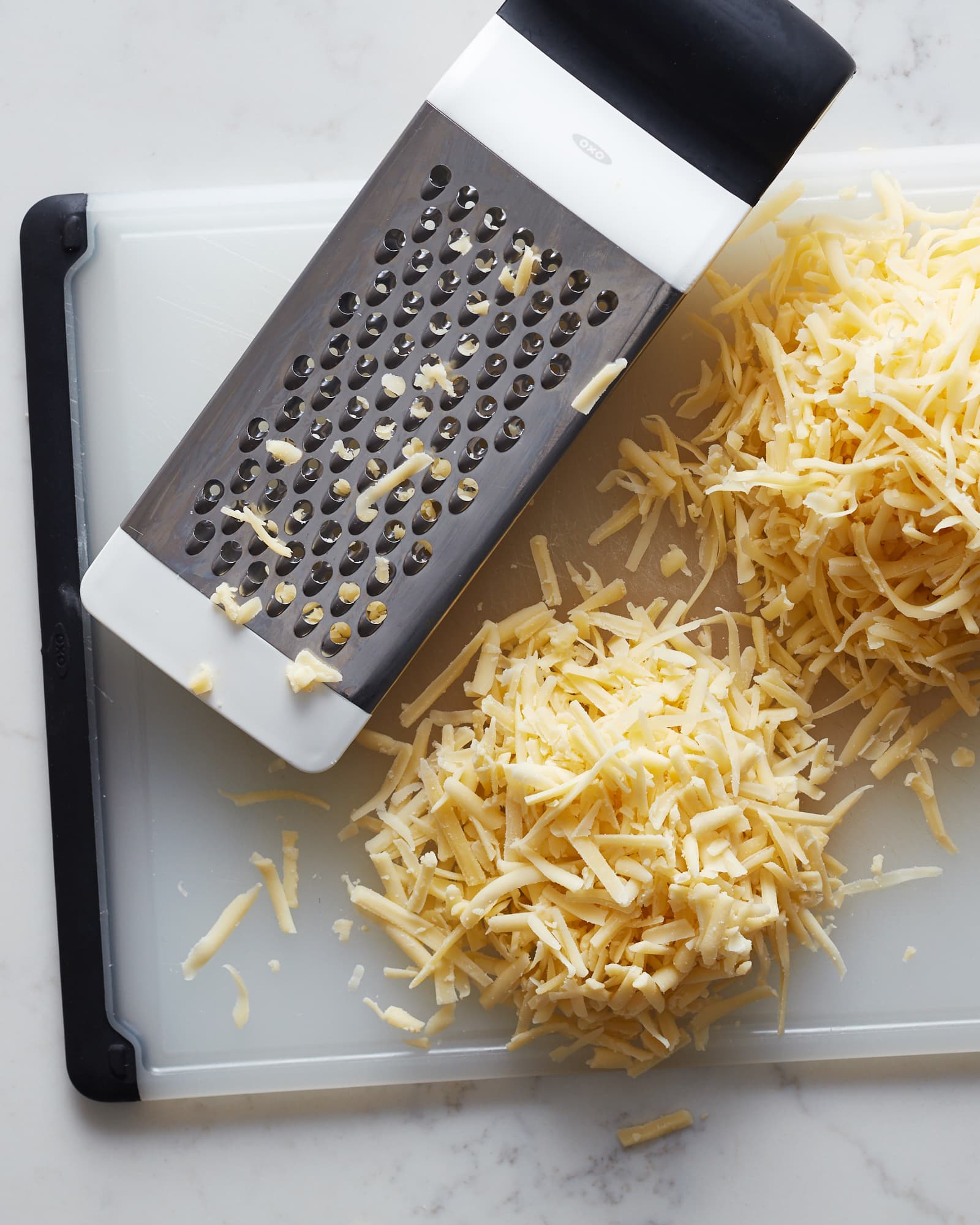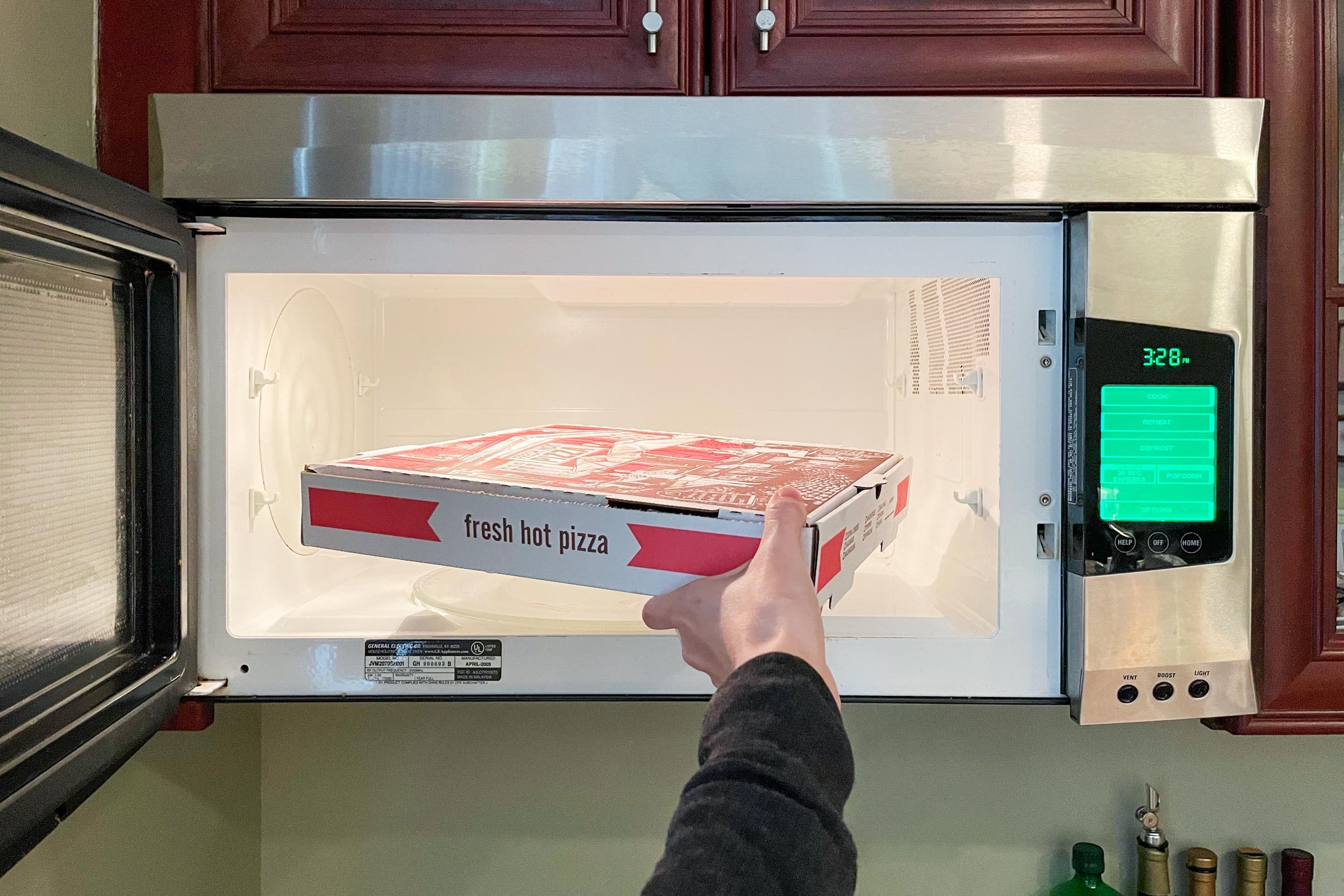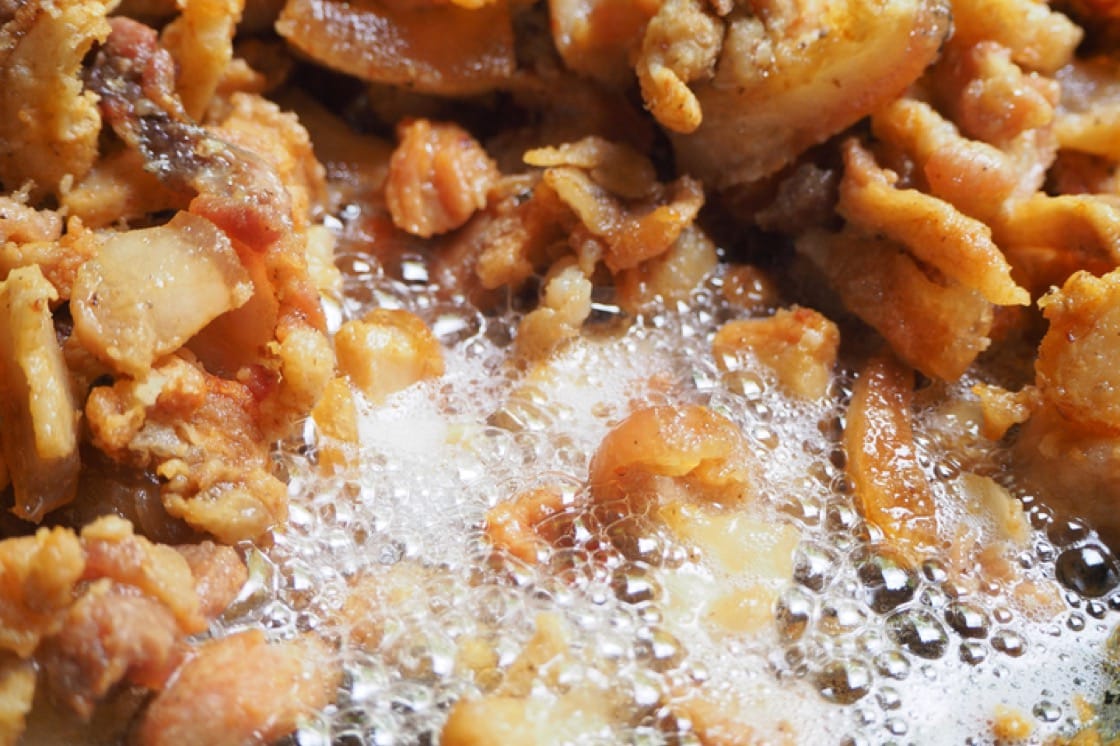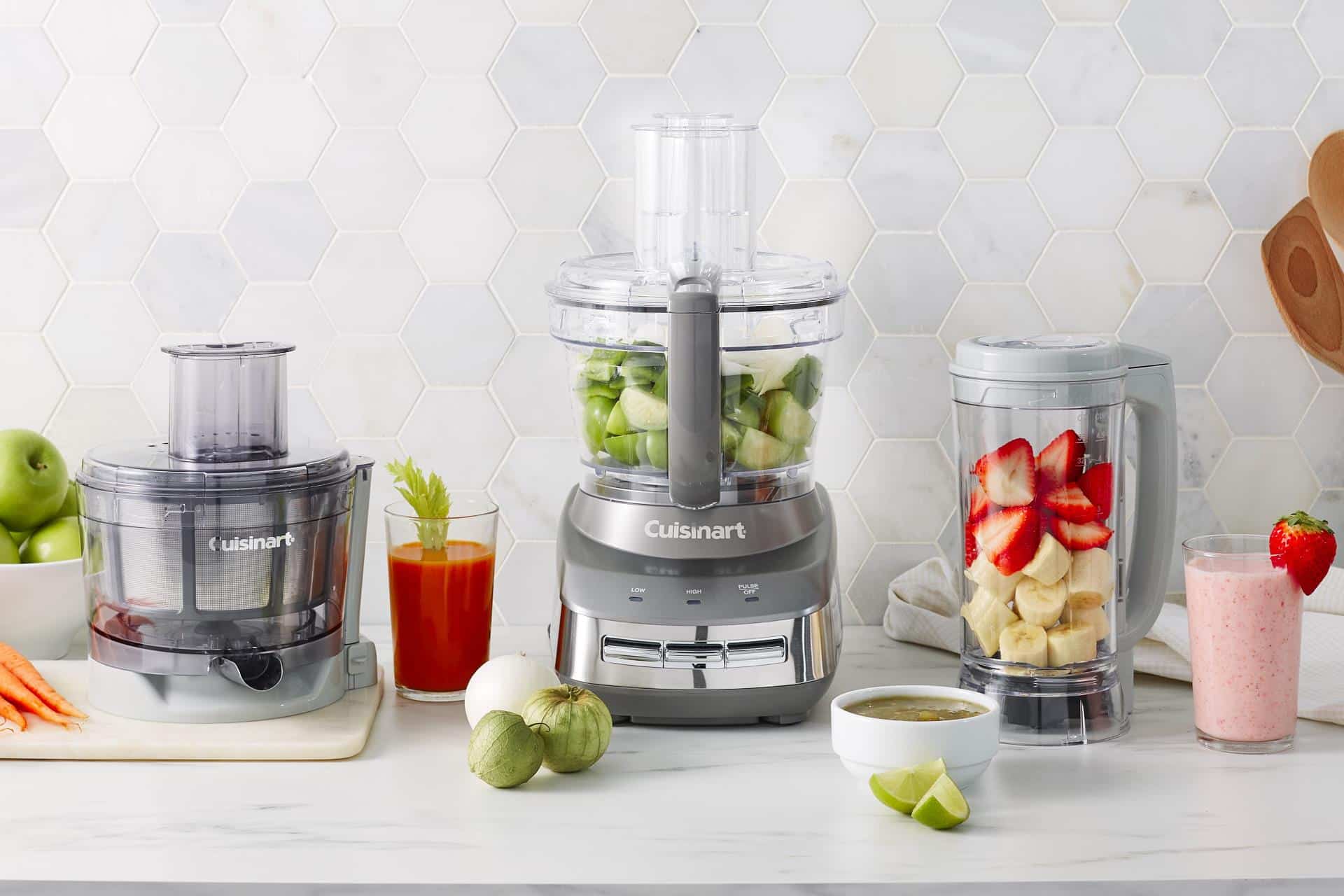Cuts and Slices: Mastering Knife Skills for Culinary Excellence
– Vegan Pizza
– Vegan Supreme Spicy Chick’n Pizza
– Sweet tomato sauce
– Onions
– Peppers
– Spicy vegan chick’n
– Cheese
– Melted cheese
– Thick crust
– Marinara sauce
– Green peppers
– Yellow peppers
– Crunchy crust
